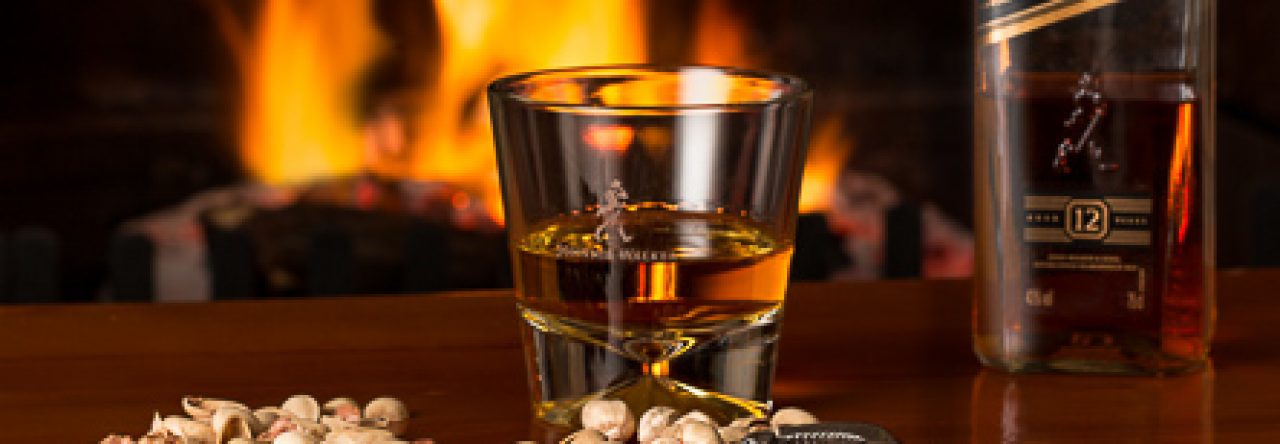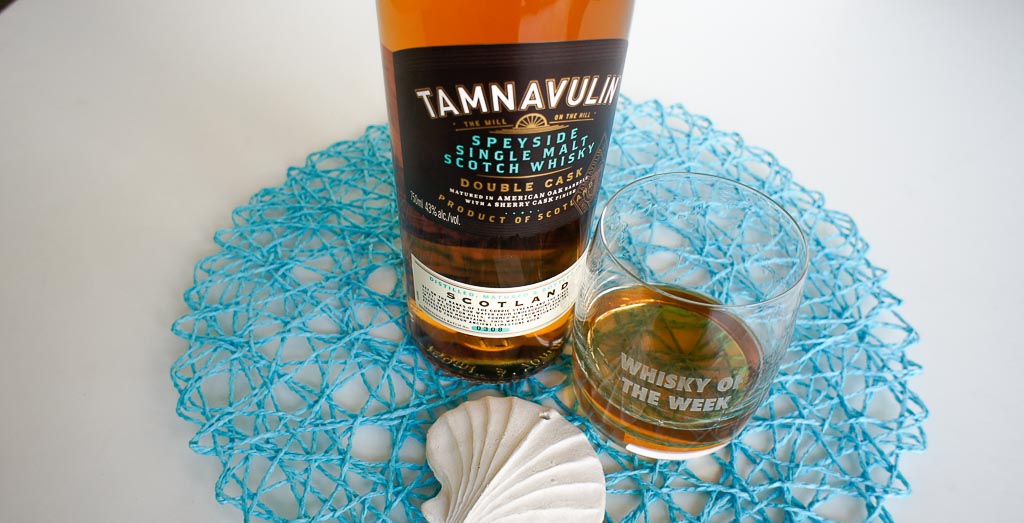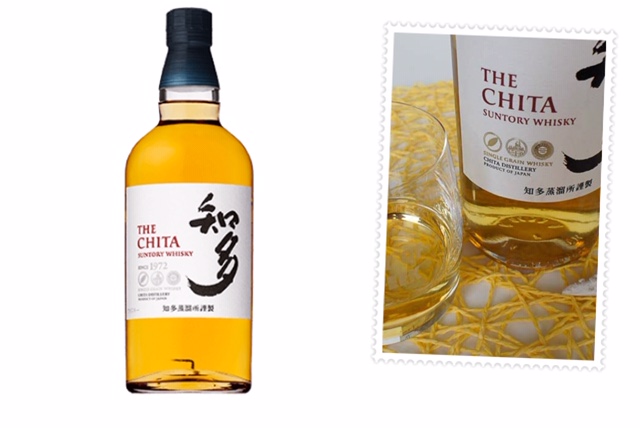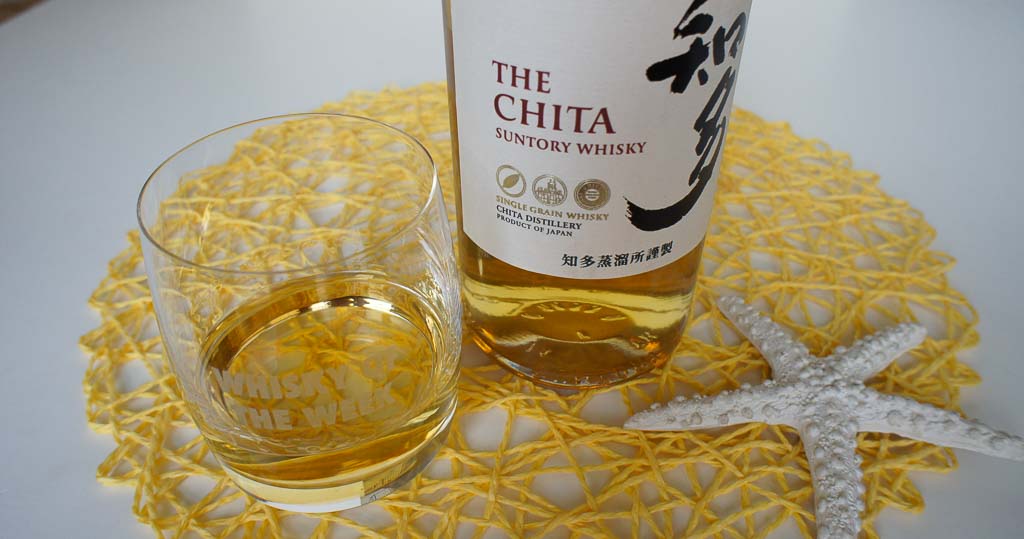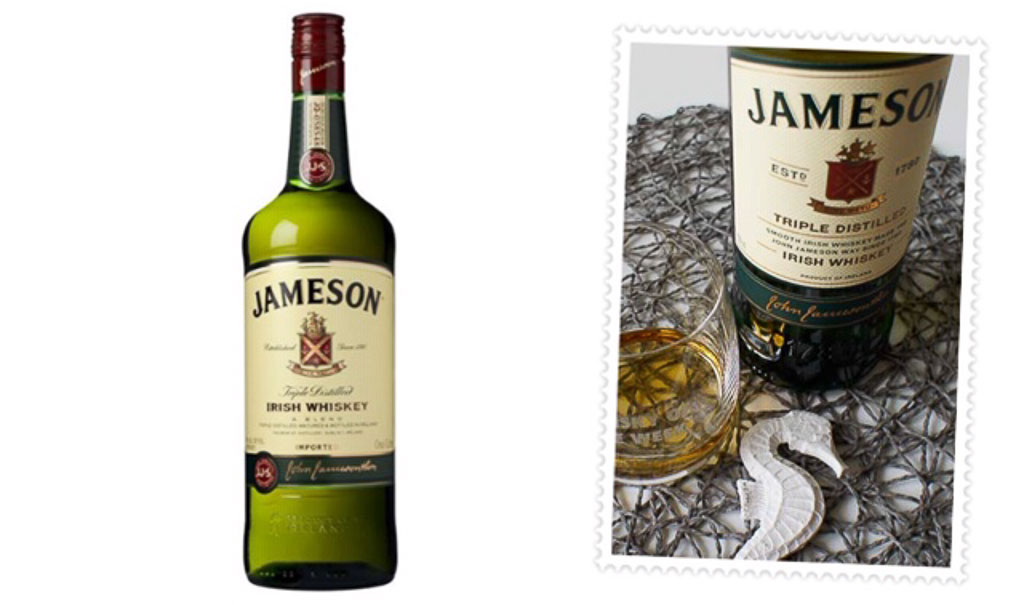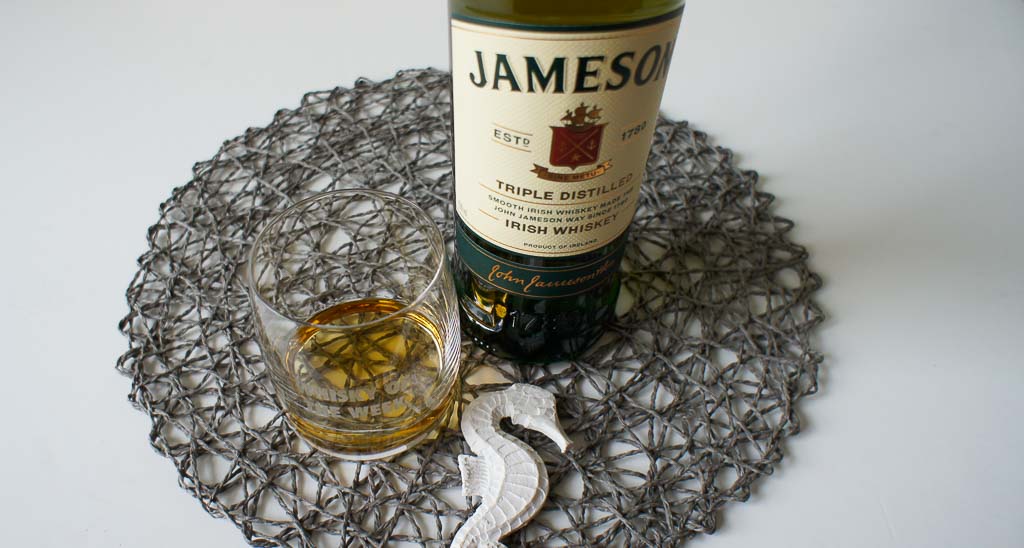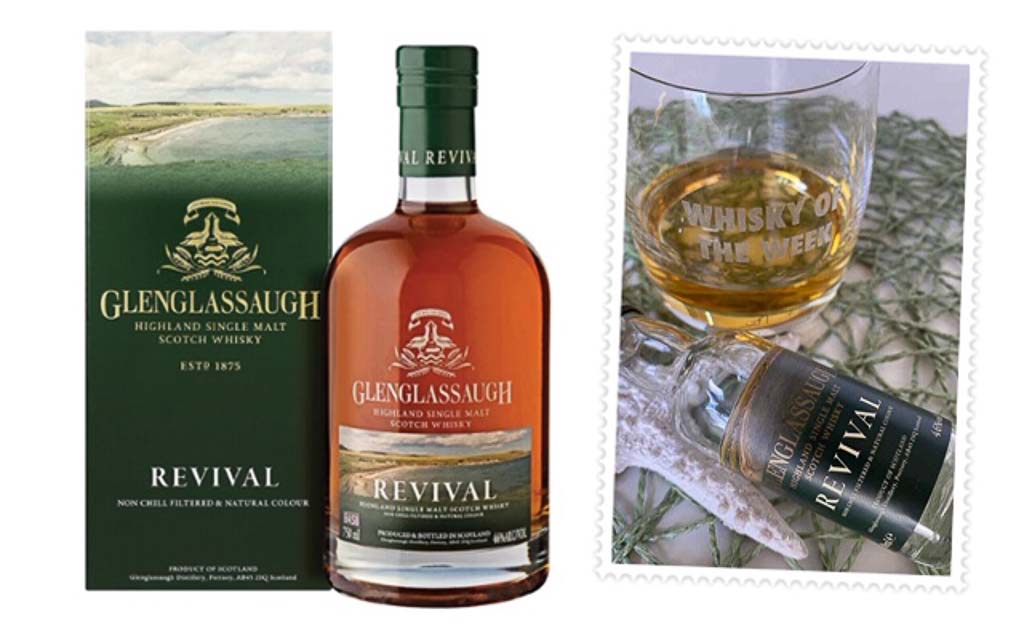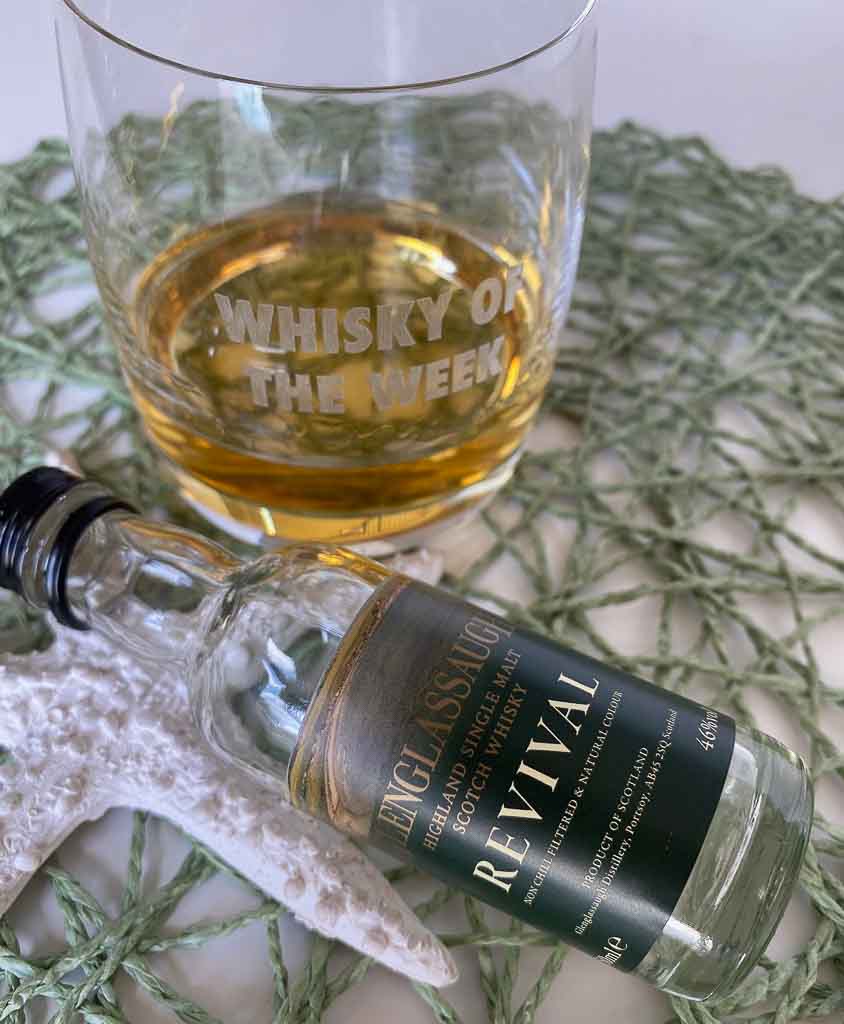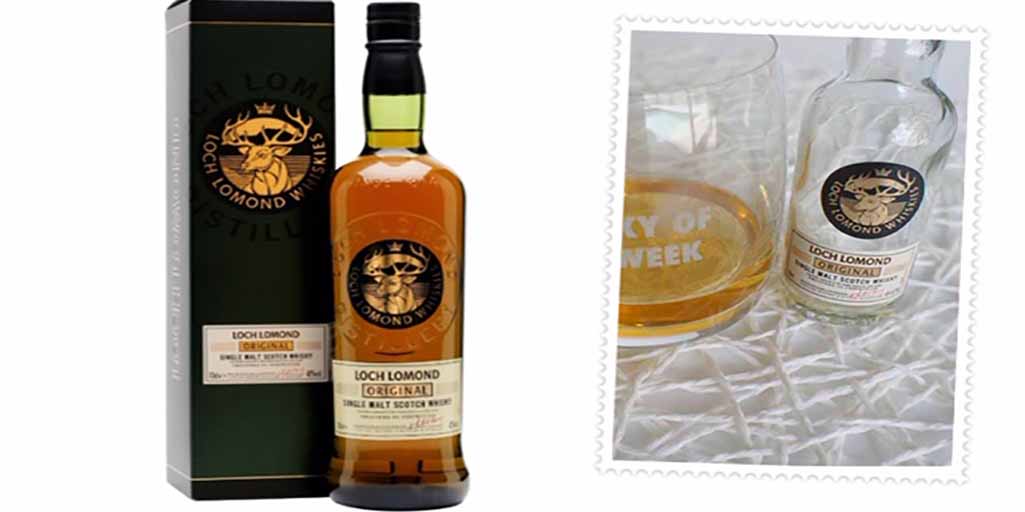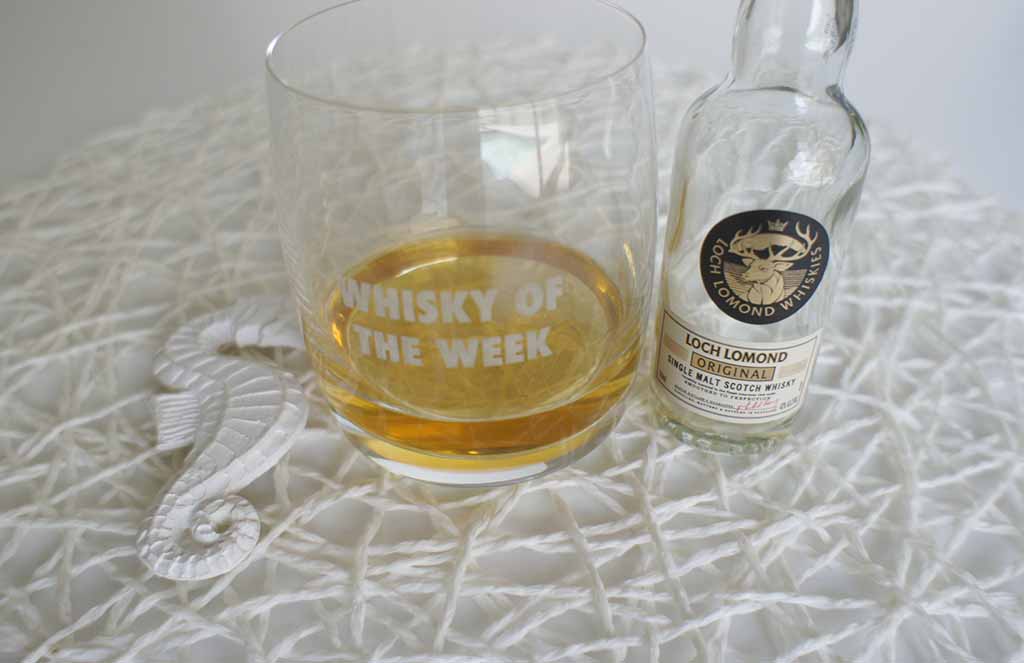 In these trying times, savouring life’s little pleasures is essential. For many, that includes enjoying a glass of their favourite whiskey. Among the top choices in South Africa, right up there with Jack Daniel’s and Johnnie Walker, is the ever-popular Jameson triple distilled Irish whiskey.
In these trying times, savouring life’s little pleasures is essential. For many, that includes enjoying a glass of their favourite whiskey. Among the top choices in South Africa, right up there with Jack Daniel’s and Johnnie Walker, is the ever-popular Jameson triple distilled Irish whiskey.
If you’ve been living under a rock and haven’t sampled Jameson in a while, now’s the perfect moment to explore the intricacies of this quintessential Irish whiskey.
The Jameson name is synonymous with Irish whiskey, and with good reason. John Jameson, a Scottish lawyer, established the Bow Street Distillery in Dublin in 1780. The legacy didn’t stop with him; his four sons followed his distilling footsteps.
By the turn of the 19th century, Jameson triple distilled Irish whiskey was renowned globally. But as with any great tale, world events took their toll on the Irish whiskey industry. The Irish War of Independence, subsequent trade wars, and Prohibition in the US all conspired to limit their access to the vast American market.
Also Read: Tullamore DEW Whiskey
During these challenges, Scottish distilleries embraced the column stills in the mid-19th century, revolutionising production. Unfortunately, the labour-intensive single pot still process that characterised Irish whiskey couldn’t keep pace with this innovative technique.
Fast forward to the 1960s, and a pivotal moment in Irish whiskey history occurred. Three of the four surviving Irish distilleries, namely Powers, Jameson, and the Cork Distillery Company, joined forces to create Irish Distillers.
Then, in the 1970s, they centralised production at the New Midleton Distillery in County Cork, Ireland. Today, the Jameson brand is owned by Pernod Ricard. This conglomerate boasts a comprehensive portfolio of Irish whiskey brands, including Redbreast, Green Spot, and Yellow Spot whiskey.
Other releases in the Jameson stable include the Jameson Caskmates IPA, and the Select Reserve. But let’s shift our focus to the main star: the Jameson triple distilled Irish whiskey.


Jameson Triple Distilled Irish Whiskey Review
 Jameson is a blend of pot still and grain whiskey. Like all Irish whiskey, it is triple distilled to give it the well-known Irish smoothness. The Jameson Irish whiskey is aged for 4 years in oak.
Jameson is a blend of pot still and grain whiskey. Like all Irish whiskey, it is triple distilled to give it the well-known Irish smoothness. The Jameson Irish whiskey is aged for 4 years in oak.
COUNTRY: Ireland
ABV: 43%
COLOUR: Gold
NOSE: The aromatic journey begins with freshly baked banana bread, tropical fruits, and spicy wood and caramel hints. It’s a delicious blend of grains with plums, pineapple, and banana. The complexity of these scents is both intriguing and delightful.
PALATE: Jameson Irish whiskey delivers a smooth experience. The medium body features subtle malt undertones, aniseed, vanilla, and traces of pepper notes. Although it’s less multifaceted than anticipated after the captivating nose, adding a splash of water can soften the pepper notes.
FINISH: The finish is relatively short, leaving a gentle combination of pepper and a touch of orange rind.
RATING: GOOD
Now, let’s talk about the experience. While the nose sets high expectations with its complexity and deliciousness, the taste doesn’t quite measure up. Jameson possesses the trademark Irish smoothness, but, in comparison to the Caskmate releases, it’s somewhat bland.
The world of Irish whiskey offers more exciting options. Still, it’s hard to deny that Jameson triple distilled Irish whiskey excels in marketing, making it a recognisable choice. In my recent exploration of Irish whiskey, Teeling has captured my attention with its delicious releases.
Also, if I had to choose between Jameson and the Checkers Private Barrel Co. Irish whiskey release, the latter would be my preference. Nevertheless, Jameson triple distilled Irish whiskey is an affordable night-out option perfect for crafting cocktails. I’ll reserve my Jameson bottle for those cosy Irish coffees.
In South Africa the Jameson is priced for around R 360 and in India it costs around ₹ 3059.
To truly appreciate the distinction between Jameson and other brands, I did a side-by-side with Johnnie Walker Black Label. The contrast is remarkable, highlighting the unique character of each.
Additionally, I explored how Jameson stands up against Tullamore DEW whiskey, offering insight into the diversity of Irish whiskey options. This is also makes for a refreshing cocktail if you mix Jameson Irish whiskey and ginger ale.
Exploring the ever-expanding world of Irish whiskey is essential to finding the perfect match for your palate. So, as we navigate the challenges of this lockdown, take solace in the glass of Jameson and the world of flavours it offers.
Also Read: Pairing Whisky and Pizza
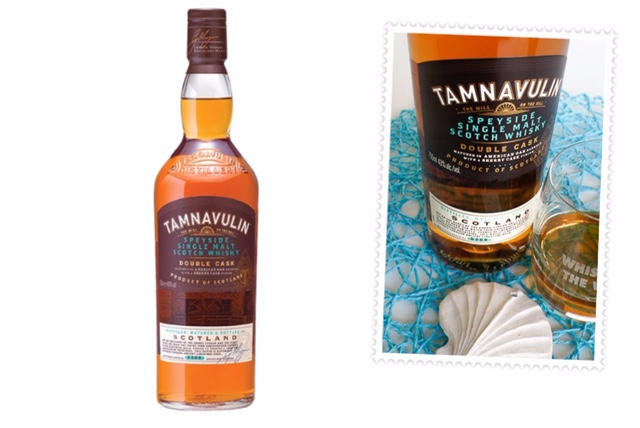 Today I look at the Tamnavulin Double Cask Speyside single malt Scotch whisky, produced at one of the younger Scottish whisky distilleries. The Tamnavulin distillery was built in 1966, mainly to supply the booming market for whisky to use in blends including Whyte & Mackay and Mackinlay’s.
Today I look at the Tamnavulin Double Cask Speyside single malt Scotch whisky, produced at one of the younger Scottish whisky distilleries. The Tamnavulin distillery was built in 1966, mainly to supply the booming market for whisky to use in blends including Whyte & Mackay and Mackinlay’s.